Exploring the Kratom Fields of Kalimantan: Insights from CNN Indonesia
In a recent article published by CNN Indonesia, the spotlight is placed on the sprawling dense jungles of Kratom fields of Kalimantan. This in-depth exploration not only highlights the cultivation practices of this controversial plant but also delves into the economic and social impact it has on the local communities.
As the global demand for kratom continues to rise, understanding its origins and cultivation processes becomes increasingly important. In this blog post, we’ll summarize the key points from the CNN Indonesia article, provide context on kratom’s growing popularity, and discuss the implications for both local kratom farmers and the global market.
The Heart of Kratom Cultivation in the Kratom Fields of Kalimantan
Kratom fields of Kalimantan, part of the island of Borneo, is home to vast and lush jungles, which provide the perfect environment for the kratom plant (Mitragyna speciosa). According to the CNN Indonesia article, the region’s humid climate and fertile soil create ideal conditions for kratom cultivation. Farmers in Kratom fields of Kalimantan have been growing and harvesting kratom for generations, relying on traditional methods that have been passed down through the years.
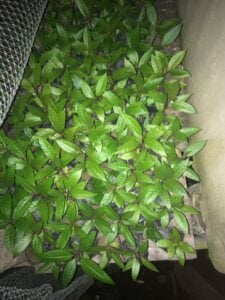
Kratom seedlings in Indonesia are nurtured and ready to be planted in the wild, ensuring sustainable cultivation practices.
The article sheds light on the daily routines of these farmers, who meticulously tend to their kratom plants. The process begins with planting the seeds, followed by regular maintenance that includes watering, weeding, and protecting the plants from pests. Once the leaves reach maturity, they are carefully harvested, dried, and processed to ensure maximum potency and quality.
The cultivation in the kratom fields of Kalimantan is a labor-intensive process. Farmers wake up early in the morning to check on their plants, ensuring they are healthy and free from pests. The humid climate and rich soil provide an ideal growing environment, but it also means that farmers must be vigilant against mold and other issues that can affect the plants.
Once the leaves are ready for harvest, they are picked by hand and then spread out to dry. The drying process is crucial, as it helps to preserve the alkaloids in the leaves that are responsible for kratom’s effects.
Economic Impact on Local Communities
One of the most significant aspects highlighted in the CNN Indonesia article is the economic impact of kratom cultivation on local communities in the Kratom fields of Kalimantan. For many farmers, kratom provides a vital source of income that supports their families and contributes to the local economy. The demand for kratom, both domestically and internationally, has created job opportunities and improved living standards for many residents.
The article features interviews with local farmers who express their gratitude for the financial stability that kratom farming has brought to their lives. This economic boost is particularly important in a region where other agricultural opportunities may be limited. By cultivating kratom, farmers can earn a steady income and invest in their communities, leading to improved infrastructure and access to essential services.
Kratom farming has become a lifeline for many families in the Kratom fields of Kalimantan. In areas where traditional farming may not provide sufficient income, kratom offers a lucrative alternative. The income generated from kratom sales allows farmers to send their children to school, invest in better farming equipment, and improve their living conditions. Additionally, the kratom industry has created jobs in related sectors, such as processing and distribution, further boosting the local economy.
The Global Demand for Kratom
Kratom’s popularity has surged in recent years, particularly in the United States and Europe. Known for its potential therapeutic benefits, kratom is used by many as a natural remedy. The increasing demand for kratom products has created a lucrative market, which in turn drives the need for more kratom cultivation.
However, this growing demand also brings challenges. The CNN Indonesia article discusses the regulatory landscape surrounding kratom, which varies significantly from one country to another. In some regions, kratom is classified as a controlled substance, while in others, it is legally available for purchase. These regulatory differences can impact the kratom trade and pose challenges for farmers trying to navigate the complex legal environment.
In the United States, for example, kratom is legal in some states and banned in others. This patchwork of regulations makes it difficult for suppliers to operate consistently across the country. Similarly, in Europe, some countries have embraced kratom for its medicinal properties, while others have banned it due to concerns about safety and potential abuse. These regulatory inconsistencies create uncertainty for kratom farmers and exporters, who must stay informed about the latest legal developments to ensure their products can reach the market.
Sustainability and Environmental Concerns
While kratom farming provides economic benefits, it also raises questions about sustainability and environmental impact. The CNN Indonesia article touches on the need for fair trade and sustainable farming practices to ensure the long-term viability of kratom cultivation. Deforestation and habitat destruction are potential risks if kratom farming is not managed responsibly.
Farmers and local authorities are increasingly aware of these concerns and are taking steps to implement sustainable practices. This includes promoting agroforestry, where kratom is grown alongside other crops, and adopting organic farming methods to reduce the use of harmful chemicals. By prioritizing sustainability, farmers can protect the environment while continuing to benefit from kratom cultivation.
Sustainable kratom farming practices not only help preserve the environment but also improve the quality of the final product. By avoiding chemical pesticides and fertilizers, farmers can produce kratom that is free from harmful residues. Additionally, agroforestry practices help maintain biodiversity and prevent soil erosion, ensuring that the land remains fertile for future generations. Some farmers are also exploring regenerative agriculture techniques, which focus on rebuilding soil health and enhancing ecosystem resilience.
The Future of Kratom Farming in the Kratom Fields of Kalimantan
The future of Kratom farming in the Kratom fields of Kalimantan looks promising, but it also depends on several factors. The global demand for kratom is likely to continue growing, providing economic opportunities for local farmers. However, navigating the complex regulatory landscape will be crucial to ensure that kratom remains a viable crop.
Education and support for farmers are essential to promote sustainable practices and improve the quality of kratom products. By investing in research and development, the kratom industry can enhance its cultivation methods, increase yields, and ensure the highest standards of quality and safety.
Organizations and advocacy groups can play a key role in supporting kratom farmers by providing training and resources on sustainable farming techniques. Additionally, establishing clear and consistent regulations at the national and international levels can help stabilize the market and protect both consumers and producers. By fostering collaboration between farmers, researchers, and policymakers, the kratom industry can develop a more sustainable and resilient supply chain.
Conclusion – Kratom Fields Of Kalimantan
The recent CNN Indonesia article offers a fascinating glimpse into the world of kratom cultivation in the Kratom fields of Kalimantan. As the global demand for kratom continues to rise, understanding its origins and the impact on local communities becomes increasingly important. Kratom farming provides significant economic benefits for farmers in the Kratom fields of Kalimantan, but it also requires careful management to ensure sustainability and navigate regulatory challenges.
In 2025, a powerful new kratom documentary titled “A Leaf of Hope”, or Daun Harapan in Indonesian, is set to be released. This film delves deep into the lives of the people in Jong Kong Village and the broader community of kratom farmers in West Kalimantan. It highlights their struggle for recognition, fairness, and survival in a world that often misunderstands or vilifies their livelihood.
Through compelling storytelling and intimate interviews, the documentary showcases the determination of these farmers as they fight to protect their way of life and ensure that kratom, a plant that has brought them hope and sustenance, remains available for future generations.
By highlighting the stories of local farmers and the intricate processes involved in kratom cultivation, the article underscores the importance of this plant in the lives of many people. As consumers, it is essential to support sustainable practices and advocate for fair regulations that protect both the environment and the livelihoods of farmers.
In conclusion, the kratom fields of Kalimantan represent more than just a source of economic opportunity; they are a testament to the resilience and dedication of local communities. By fostering a deeper understanding of kratom’s journey from the jungles of Kalimantan to the shelves of global markets, we can appreciate the complex dynamics at play and support a more sustainable and equitable kratom industry.
Source
To learn more about the kratom fields of Kalimantan, read the full CNN Indonesia article “VIDEO: Menyusuri Ladang Kratom di Rimba Kalimantan” here: CNN Indonesia Article. Download the CNN Indonesia app now: CNN Indonesia App.

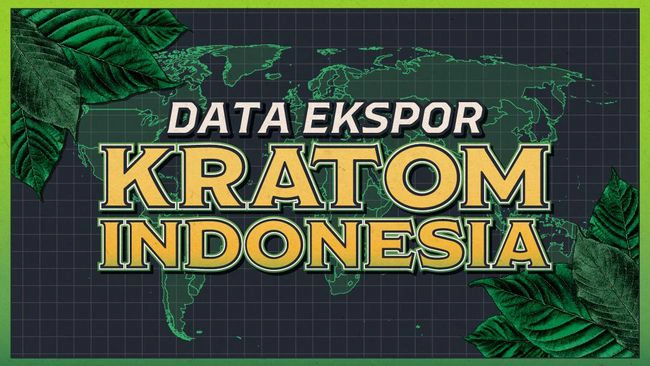

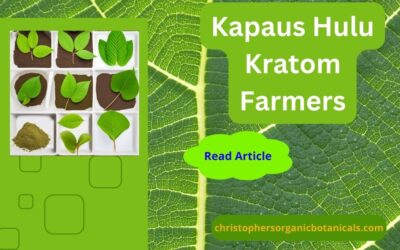
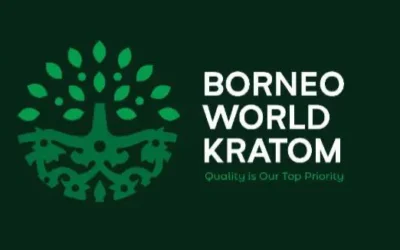
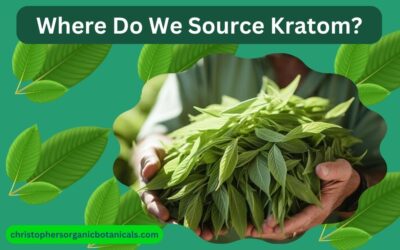
0 Comments